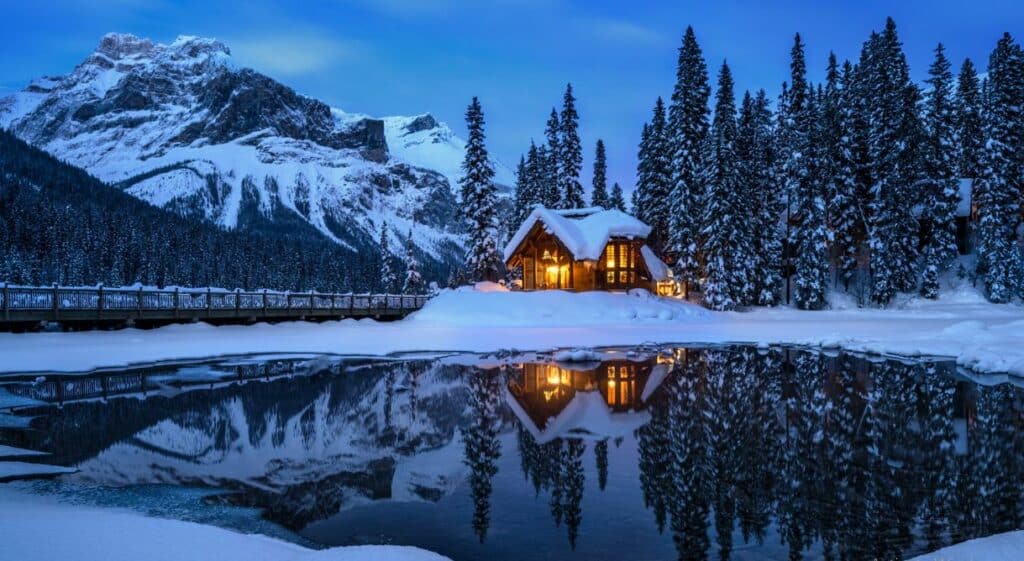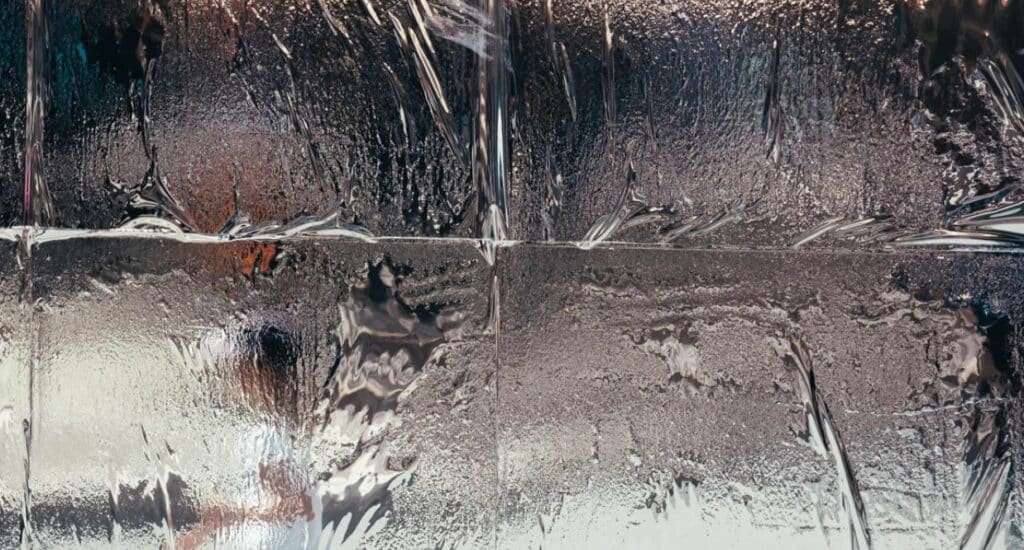“Freeze the Moment: Master the Art of Winter Landscape Photography with Our Top 9 Tips!”
Winter landscapes offer a unique and stunning canvas for photographers. There are many winter photo opportunities that can yield amazing images. This article lists the top 9 strategies for enhancing Landscape Photography Tips in Winter and enjoying this wonderful season.
This essay will cover the complexity of snowy exposure, choosing the right time of day to shoot, and overcoming winter weather problems. This class will cover the importance of leading lines, color, and choosing the right gear for comfort and reliability.
These top 10 landscape photography locations offer a once-in-a-lifetime chance to capture Earth’s beauty. Every area gives a unique chance to capture nature, from Patagonia’s rugged terrain to Iceland’s ethereal landscapes. Thus, ready for this visual journey and let these stunning landscapes inspire your photography and creativity.
Read More: 8 Best Photography Places: Around the World
List Of Best Landscape Photography Tips in Winter
We want to take this chance to give you a warm welcome as you enter the fascinating world of winter scenery photography. Here, frozen landscapes and scenes covered in snow are your blank slate to paint the magic of the season. As the world changes into a peaceful winter scene, photographers face a unique set of challenges and chances. We’ve put together a list of ten important tips that will help you take better pictures of winter scenery and get around in this beautiful but difficult environment. These tips will all help you improve your pictures.
Mastering Exposure in the Snow

Snowy landscapes are hard to photograph due of exposure issues. Learn how to change your camera settings to avoid overexposure and preserve snow-covered scene details.
The Canon EOS Rebel T7 DSLR camera on Amazon allows you be creative and record every moment in spectacular clarity. This remarkable camera improves photography with strong features and ease of use. The 24.1 Megapixel CMOS sensor and DIGIC 4+ Image Processor provide low-light and high-speed continuous shooting and clear, bright photographs.
Choosing the Right Time of Day

It can be both hard and beautiful to deal with the light in the winter. The warm, golden tones only show up at sunrise and sunset in the winter. Picture-taking times are important if you want to get the most out of them.
Accepting Winter Weather Difficulties

There is a high possibility that winter will bring about weather conditions that are lacking in clarity. The purpose of this article is to teach you how to overcome challenges such as low temperatures, wind, and shifting weather patterns while ensuring the security of your tools and catch photographs that are compelling.
Utilizing Leading Lines in Snowy Landscapes

It is important to acquire the knowledge and skills necessary to utilise leading lines effectively in order to guide the attention of the viewer through your winter landscapes. You should acquire the knowledge necessary to acknowledge and comprise natural lines, For example snow-covered trails or tree branches, in order to create compositions that are visually appealing. This will authorize you to make compositions that are visually appealing.
Adding a Pop of Color to Winter Scenes

Even though winter landscapes might look like they are all one color, there are actually small bursts of color ready to be found. You will learn how to find and emphasize these splashes of color by reading this piece. This will help you give your photos more life and interestingness. Buy Now
Choosing the Right Winter Gear

Get the right stuff together to protect your camera gear and make sure you can handle the bad weather. You need to do this. Learn more about the different parts that are needed for a successful winter photography trip, like warming layers and weather-sealed cameras. Also, find out what kinds of gear are needed for a successful winter photography trip.
Creating Depth with Foreground Elements

It’s possible to make your winter scenes look more three-dimensional by adding interesting foreground elements to your designs. Because of this, you will see that your scenes look more real. To make your work more interesting and full of depth, learn how to add things like rocks, trees, or frozen lakes to your designs. Improving your skills in incorporating features can help you do this.
Capturing the Magic of Snowfall

When snowfall occurs during the winter season, a landscape has the potential to be transformed into a magical and wondrous place. This transformation can take place almost instantly. In order to convey the peaceful beauty of winter, it is essential to investigate the various techniques that can be used to capture snowflakes as they fall and to create images that are dreamlike and atmospheric. For this reason, it is important to investigate the various techniques.
Experimenting with Long Exposure Techniques

Long-exposure photography can be used to take beautiful pictures of winter scenes. This works especially well when the subject is near water or when the clouds are moving. Long-exposure photography methods are something you should learn if you want to make ethereal and beautiful winter landscapes. You should do this exact thing.
Bonus Tips: Post-Processing Tips for Winter Photography

After pushing the shutter button, you’re not done. This is true even though you finished. Learning post-processing techniques can improve your winter photos. This will improve your winter photos. This category includes exposure adjustments, color tuning, and winter environment production.
Travel photography is a mix of art, adventure, and sharing stories. To catch the spirit of your trip through travel photography, you need the right gear. These accessories can help you stay charged, take steadier photos, and be more creative. Pack your luggage and travel the world. If you can use these basic travel photography gear, you can shoot great images wherever your wanderlust leads you.
To begin winter landscape photography, remember that every snowy scene is a blank canvas ready for your artistic creativity. Keep this in mind as you travel. Accept winter’s challenges, explore these suggestions, and enjoy winter’s stunning splendor. If you know what you’re doing, your winter landscape photos can stand out and convey a tale about the magical season.
Keep exploring: 9 Best Lighting for Outdoor Photography
Verdict
Winter nature photography requires technical talent, creativity, and a love of the season. If you use the golden hour, protect your gear, dress well, and include winter elements in your photos, you may capture the romance of the season. Make your photos more interesting by adjusting white balance, exposure, leading lines, and textures. Stay safe in winter landscapes. These 10 winter landscape photography strategies can help you find and capture winter’s beauty.
FAQ
Can I use the same camera settings as I do in other seasons for winter photography?
Since snow is reflected, you may need to make changes to your photos when you take them in the winter. There are, however, some options that might not change. To get the best results, pay close attention to the exposure and white balance choices.
How can I keep my camera equipment warm in the winter?
You should buy weatherproof gear and protection covers for your camera and lenses to keep them safe from snow and water. You should bring extra batteries with you and keep them close to your body so they don’t run out quickly in the cold.
Are there any safety considerations for winter photography?
Of course, safety should always come first. It’s smart to wear warm clothes, let someone know where you are, and check the weather report ahead of time. Also, make sure that your camera bag has extra warm clothes and things that you can use in an emergency.





